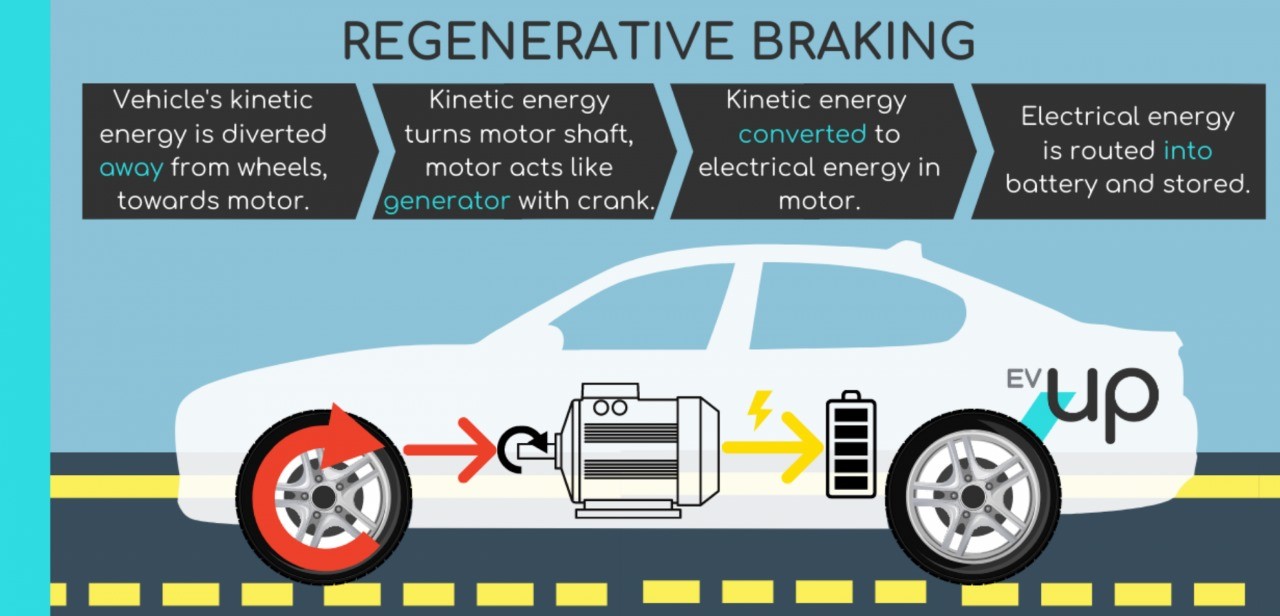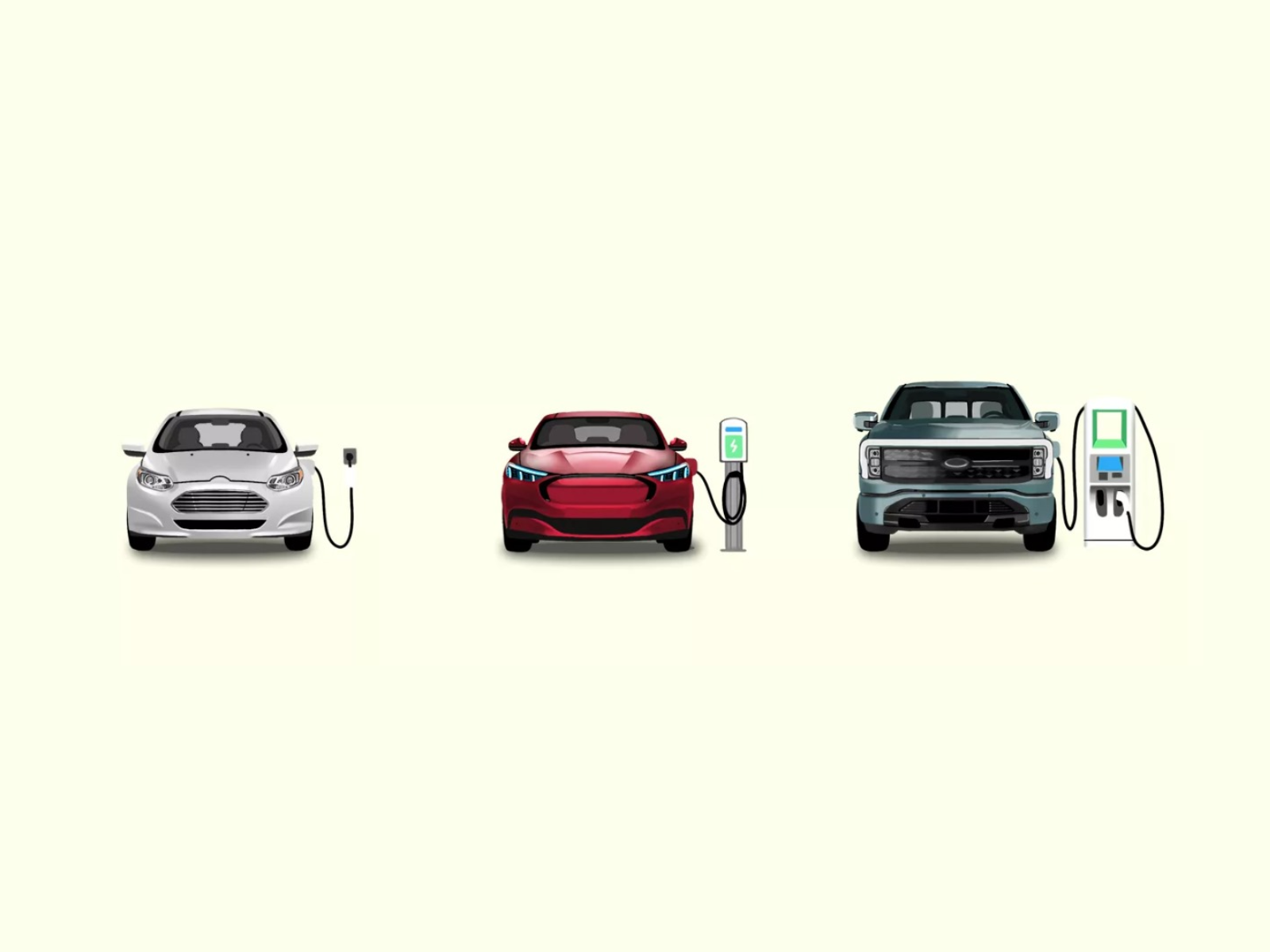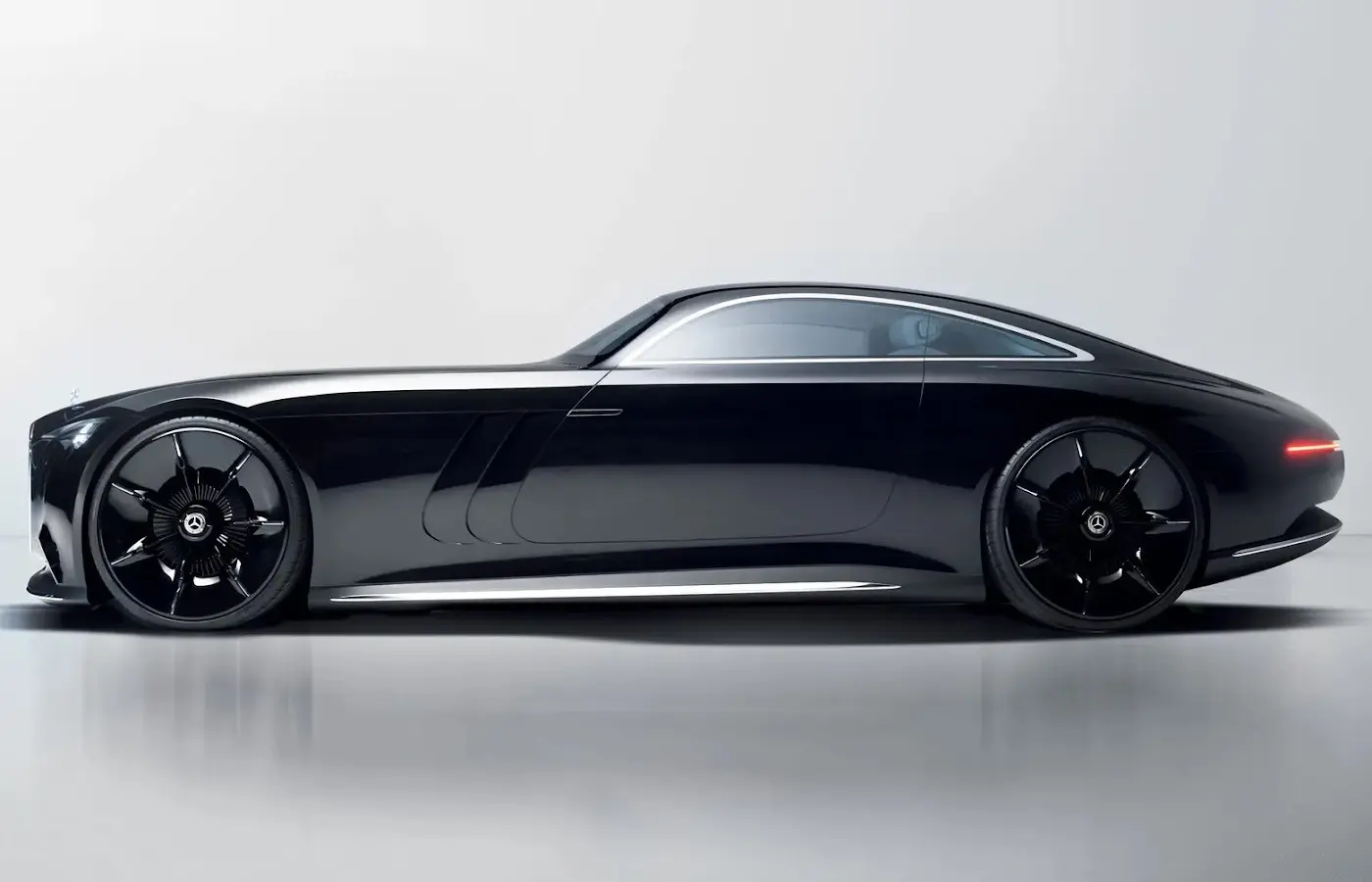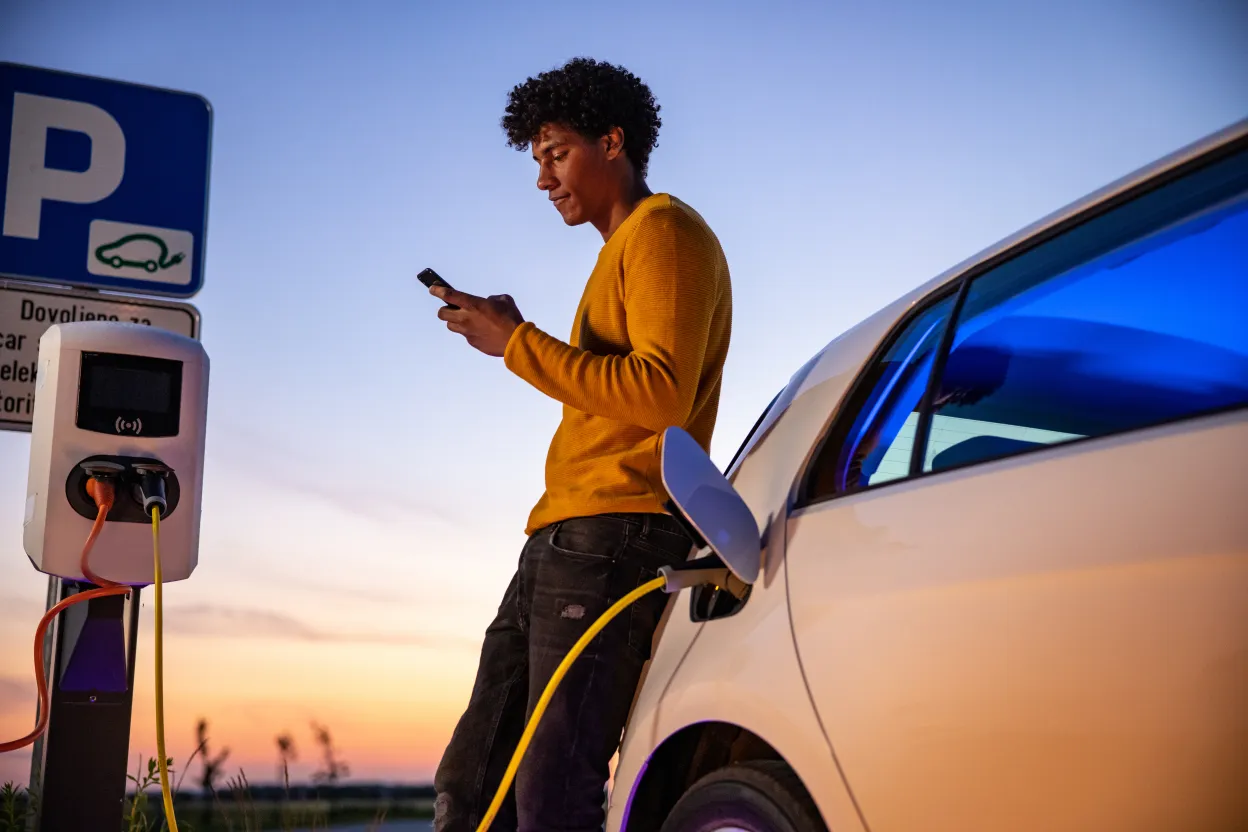What’s Next in EV Tech? Exciting Tech Innovations
.jpg.png)
Electric Vehicles have changed the face of mobility and how cars function. They have partially replaced the traditional ICE engines and made their own identity in the automotive industry. They are also slowly outselling the petrol cars, In 2023 electric cars made nearly a quarter of new car registrations in Europe.
The best part of purchasing an EV is the reliability and efficiency it provides. A basic cost calculation shows that the running cost of an electric car is just 1 Rupees per Km as compared to 8 rupees per Km for an ICE car.
As EVs are increasingly becoming popular, there are constant advancements in making the cars futuristic by adding virtual dashboard technologies and Artificial Intelligence in cars to provide even better convenience to the consumers.
Auto Manufacturers are also working on technologies like Advanced Driver Assistance Systems (ADAS), regenerative braking, which will transform the way you drive. Let’s discuss those technologies in detail and understand how much comfortability they will bring in the lives of daily drivers.
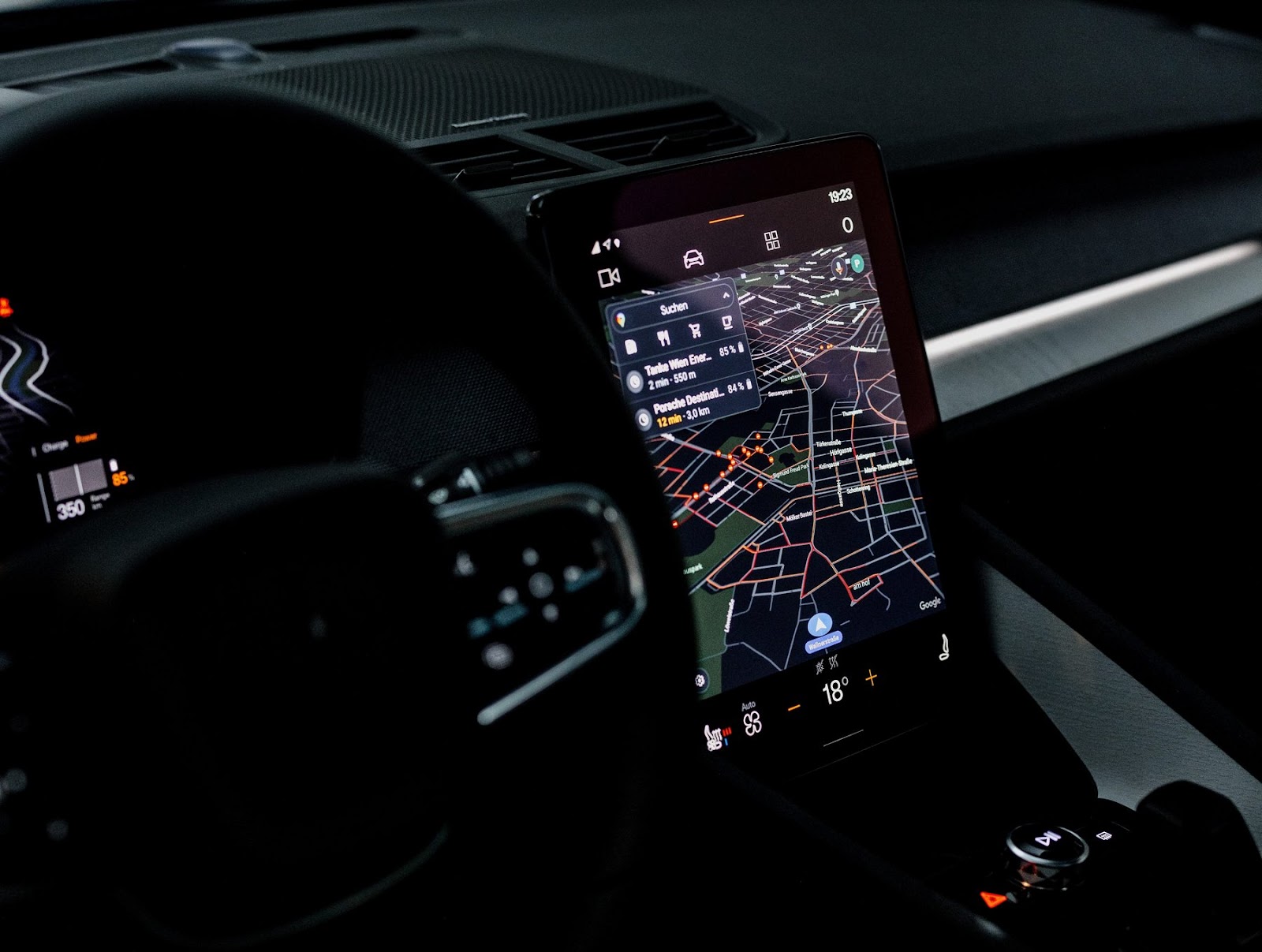
ADAS and How it will take over the Control of Cars
Advanced Driver Assistance Systems (ADAS) are developed to provide comfort to the drivers as they take over the control of vehicles and contribute to a safe driving environment. ADAS uses sensors and cameras to detect and prevent an obstacle, human error or sudden braking and helps to make driving easy. By taking control over certain tasks, ADAS improves vehicle safety and enhances driving experience.
Let’s discuss how this technology has evolved over the years.
Past: Earlier ADAS systems were basic and came in the form of ABS (Anti Lock Braking Systems) and Cruise Control which focussed on basic safety and comfortability
Present: Modern ADAS features include Adaptive Cruise Control, lane-keeping assist systems, and automated emergency braking. They are heavily dependent on sensors, cameras, and AI to determine the surroundings and respond to potential situations and act accordingly.
Future: Future of ADAS is filled with exciting new technologies and systems which will take full control of your cars, as ADAS will be a crucial component of the fully autonomous cars that will run on their own, without any driver input.
- Autonomous cars will be powered by LiDAR in future (Light Detection and Ranging) navigation systems. It works as a navigation serving for distance measurement around other vehicles, then it collects the data and uses that information to the systems which control cars.
- This technology uses light instead of radio waves, which is quite similar to radar.
- Another technology will also thrive in the Auto Industry, and that is predictive analytics and real-time traffic integration from maps, which will ensure that the autonomous driving functions remain smooth and stable, and provide a safe experience to the user.
Regenerative Braking For Enhanced Range
Regenerative Braking in EVs is a magical feature which basically saves energy and does braking at the same time. As the car slows down automatically, the motor’s kinetic energy is converted into electricity again to recharge the batteries, and all the process happens when the car is moving.
It has several advantages:
- Regenerative braking provides a better balance of energy as it increases the efficiency of the batteries by storing the energy and sending it back to the battery, overall enhancing the efficiency.
- It also increases the efficiency of the battery.
- It also reduces the wear and tear as with regenerative braking, there is less friction produced which overall reduces the load on the other parts of the car.
- Many EVs provide adjustable regeneration levels, giving the option to the customer to choose the level of regeneration effect on the vehicle. This allows for “One Pedal” driving.
- One Pedal driving slows down the car quickly without applying brakes and when you push the accelerator, drivers will feel easier and more comfortable than old school two-pedal systems.
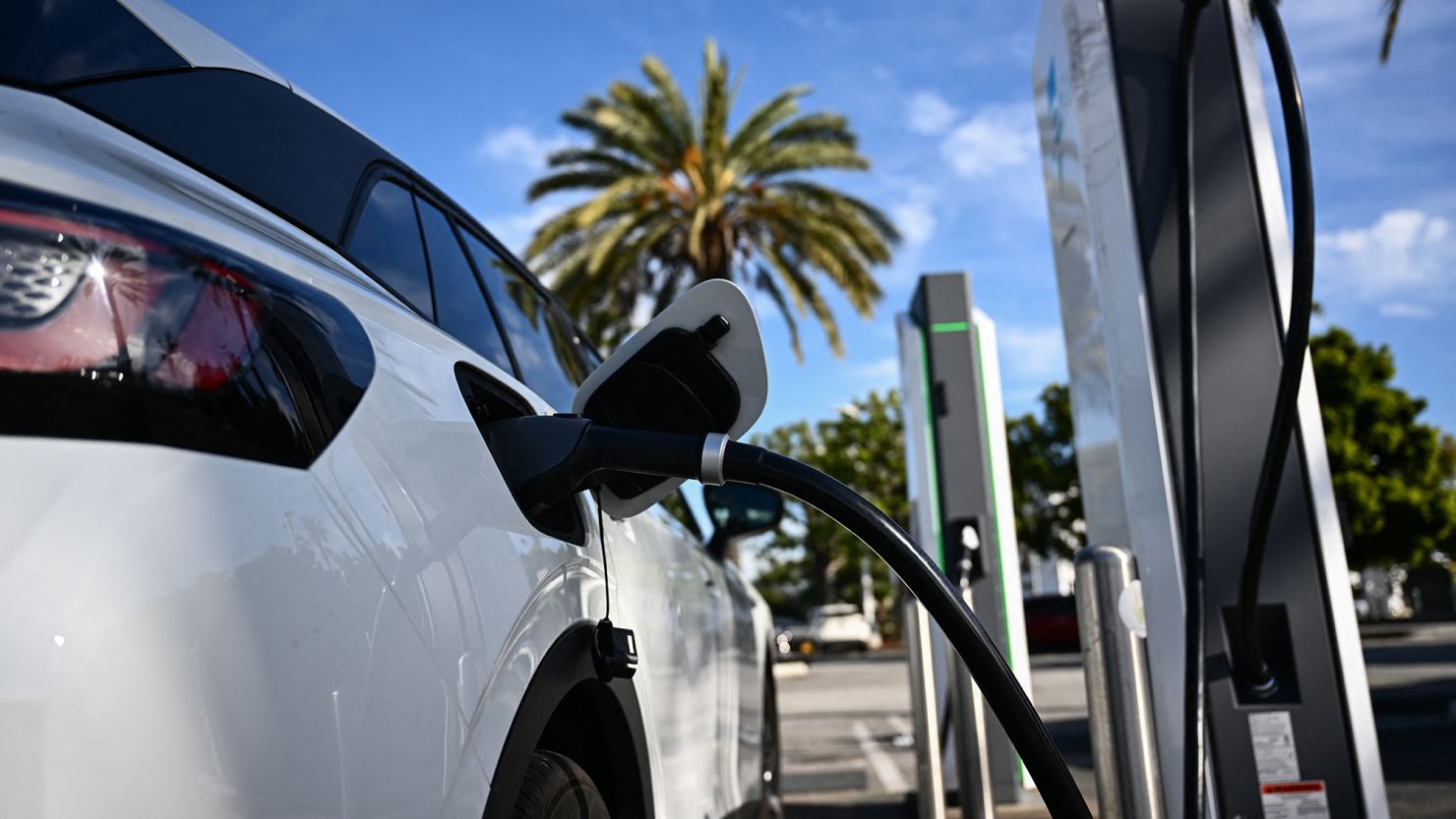
How These Technologies Will Enhance the EV Technology
The above discussed technologies will develop the EVs into a more polished and reliable product. Let’s discuss how these new systems will be applied in the electric vehicles and impact them
- Future EVs with ADAS would be more safer in operations and will promote more efficient ridesharing services, producing zero emissions and providing a greener environment.
- Frequent Innovations in the Battery technology and charging infrastructure will give uninterrupted highway trips with lesser charging stops.
- Integration of Artificial Intelligence (AI) in electric vehicles will revolutionize the EV industry as AI will integrate into the digital displays of the car, will analyze the Data and will help you to find and reserve ultra-fast charging stations within your route, thus planning your trips and working according to your car’s driving behavior. Smart!! Isn't it!!
Thus looking at the future innovations that will soon become available in our cars, consumers need to adopt EVs as there are so many advancements integrated to increase your car’s efficiency.
This adoption is directly related to how well these new technological innovations can integrate, and how well they work according to the consumer’s driving behavior, as providing suggestions and controlling the vehicle as per the likes of the user.
If the future of driving gets properly integrated and works according to the driver’s likes and expectations, then EVs will become the mainstream mode of transportation.
.webp)
